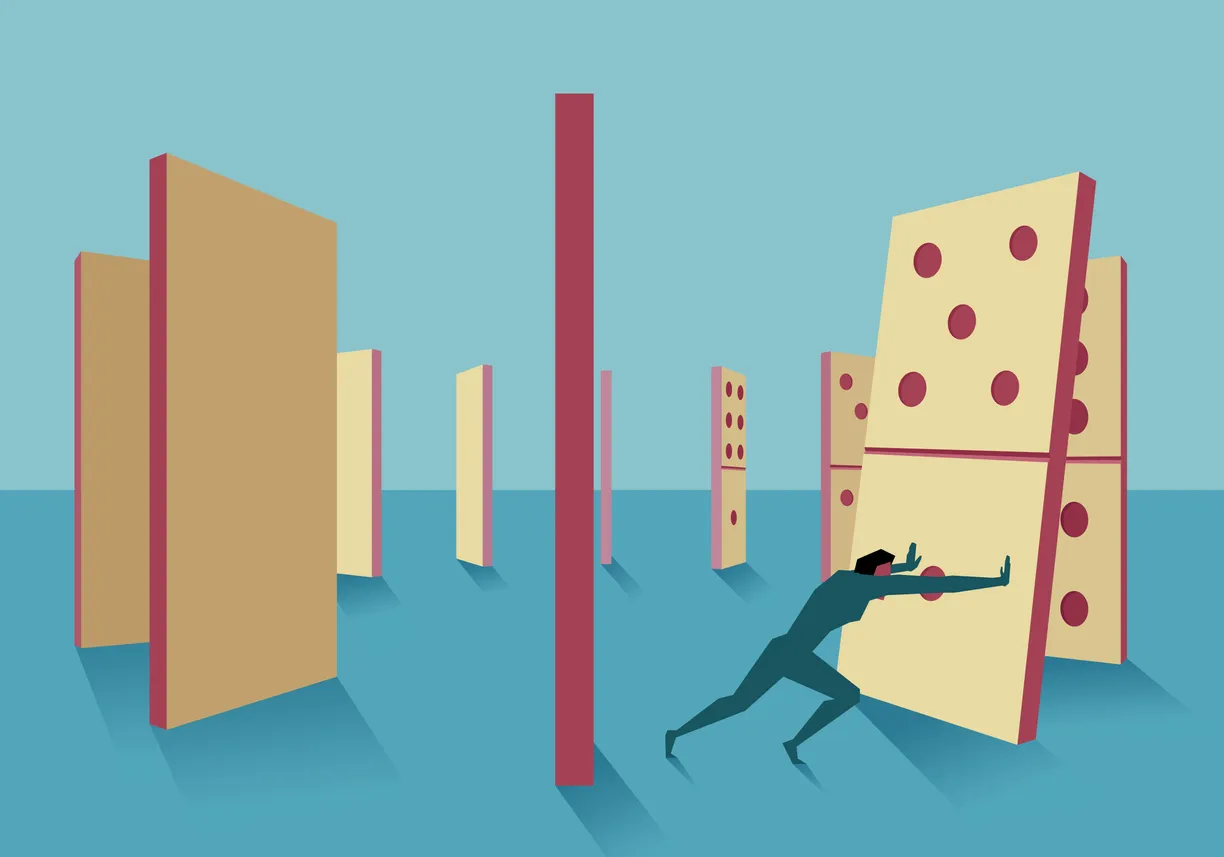After decades of activism and effort, a nationwide movement finally reaches its goal: legislation is passed that outlaws a practice they consider both immoral and destructive. They celebrate this outcome, considering it a victory for life itself, that will have multiple positive effects on both the persons who were involved in the practice as well as the society at large.
Instead, to their surprise and chagrin, the opposite happens. Crime increases, as people look for ways to circumvent the new law. Health decreases, as black-market entrepreneurs jump into the market to provide what has been outlawed – but because their operation is illegal and unregulated, what they provide varies widely in its safety and results, often causing greater harm than the original practice. And, policing the new law adds substantial costs to police departments across the country, causing funds to be diverted from other programs such as education.
Think I’m talking about abortion? Nope – this is about the movement to outlaw alcohol, which resulted in the 18th Amendment to the Constitution, otherwise known as Prohibition. Known as the “noble experiment,” it was such a failure that fourteen years after it was adopted, it was repealed by the 21st amendment.
Why did it fail? For a simple reason: the law of unintended consequences. Anyone who deals with complex systems knows about this law – you make a change here, and because you did not understand or correctly analyze the system you are dealing with, your change causes an unintended consequence somewhere else.
The anti-abortion movement is guilty of this same sin. They have celebrated the end of legal abortion in the U.S., and have not anticipated the unintended consequences of their actions. (Or, they have, and don’t care.)
One note before I go any further: I am in no way saying that drinking a beer and having an abortion are equivalent, or even comparable. What I AM saying is that just as the effort to eliminate alcohol had unanticipated and substantial negative effects, so too will the effort to eliminate abortion.
Let’s look at the law of unintended consequences as it applies to the overturn of Roe v Wade.
Unintended consequence #1 – An underground market for abortions
Let’s be clear: the Supreme Court decision and the resulting state laws do not stop abortions from happening – they just made abortion illegal. Abortions will continue, as they have for centuries; the first recorded evidence of induced abortion is from the Egyptian Ebers Papyrus in 1550 BCE.
It is estimated that 1 in 4 women will get an abortion some time during their lives. And while the number of abortions is declining (just as the consumption of alcohol was declining before Prohibition was even in place), there were still somewhere between 750,000 and 950,000 legal abortions in the U.S. in 2020.
Thus, the demand for abortions will not disappear overnight; it will just go underground, as it was before Roe.
We have all heard the term “back-alley abortion.” Some of us are old enough to remember when that was the reality women faced: some facility hidden away, that was run by someone who may or may not have any medical training, but who says that they know how to “help you out.” There is no after-care; you show up, say the password to get in, pay the fee (in cash), and hope that the person knows what they are doing, and that you don’t die.
This is one of the unintended consequences of outlawing safe and legal abortions.
Unintended consequence #2 – Crime and criminals
No, I’m not talking about the implications of making abortion a crime, or of the fetal-personhood movement and investigating miscarriages as murder.
Instead, I’m talking about criminals and organized crime jumping into the abortion-services market.
What is going to happen to the price of abortions if they are now illegal and underground? There is no “free market” to help level out the price. Practitioners will be able to charge whatever the traffic will bear. The price will sky-rocket. And like bears to honey, who is this going to attract? Criminals and organized crime.
Will they care about the health of the women? No. Will they put up with competition? No. Will they pay off police officers and government officials to look the other way? Yes.
As noted by the Cato Institute, discussing the unintended consequences of prohibition:
America had experienced a gradual decline in the rate of serious crimes over much of the 19th and early 20th centuries. That trend was unintentionally reversed by the efforts of the Prohibition movement. The homicide rate in large cities increased from 5.6 per 100,000 population during the first decade of the century to 8.4 during the second decade when the Harrison Narcotics Act, a wave of state alcohol prohibitions, and World War I alcohol restrictions were enacted. The homicide rate increased to 10 per 100,000 population during the 1920s, a 78 percent increase over the pre-Prohibition period.
Think I’m exaggerating? Here’s a quote from a story about the underground abortion movement in Chicago before Roe:
Pregnant women seeking abortions in Chicago had few options before 1973, when the Supreme Court codified the right to have an abortion in Roe v. Wade. Abortion had been illegal in Illinois since the early 19th century, and few doctors were willing to defy the law. Some women tried to self-induce abortions using objects or chemicals, which often led to infection and sometimes death. Others turned to Chicago’s organized crime syndicate, but its services were expensive and often unsafe.
Making abortion illegal and driving it underground will invite criminals to take advantage of vulnerable women desperate to find an answer.
Unintended consequence #3 – Death
As noted above, an unwanted pregnancy can make a woman desperate to find an answer. That answer could be a back-alley abortion, if she can afford it. Or, it could be an attempt at a self-induced abortion. In either case, the risk to the woman of infection and death is serious, and sometimes fatal.
Very few persons alive today remember what this reality was like before Roe. How persons without any training presented themselves as “doctors”; how infection and even sepsis were common; how death from a back-alley or self-induced abortion was an everyday occurrence.
I remember reading an article where a doctor from that time recalled going to work at his hospital on a Monday and seeing women on gurneys lining the hallways, bleeding or septic or dying. They were there because of attempted abortions over the weekend. And he said it was this way every Monday morning.
Hundreds of women died from attempted abortions. But one death became iconic: that of Gerri Santoro.
Santoro’s story could have been any woman’s story: an abusive husband, laws that kept her from divorcing him, fleeing her husband’s fists back to her parents’ farm, an unplanned pregnancy with a man she met there. She and the man tried to give her an abortion in a motel room, but she started hemorrhaging. The man fled, Santoro couldn’t stop the bleeding, and she died, alone in that motel room.
The reason her death became iconic is that the crime scene photo somehow became public. It is graphic, and horrific ... and symbolic. The verbal arguments fall away when confronted with the reality of death from unsafe abortions.
Let us be clear: Kentucky’s trigger law, and all the laws outlawing abortion across the country, will cause women to die. Die unnecessarily. Die painfully. And sometimes, die alone, like Gerri Santoro.
::
Unlike some instances of unintended consequences, these consequences are entirely seeable and predictable. And, most importantly of all, preventable.
Abortions are going to continue. The question, quite simply, is this: Do we, as a society, want them to be legal and safe? Or, do we choose to make them illegal, unsafe, a springboard to crime, and a cause of death?
For those who choose the latter approach, let me close with this: The blood of today’s Gerri Santoros is on your hands.
--30--








